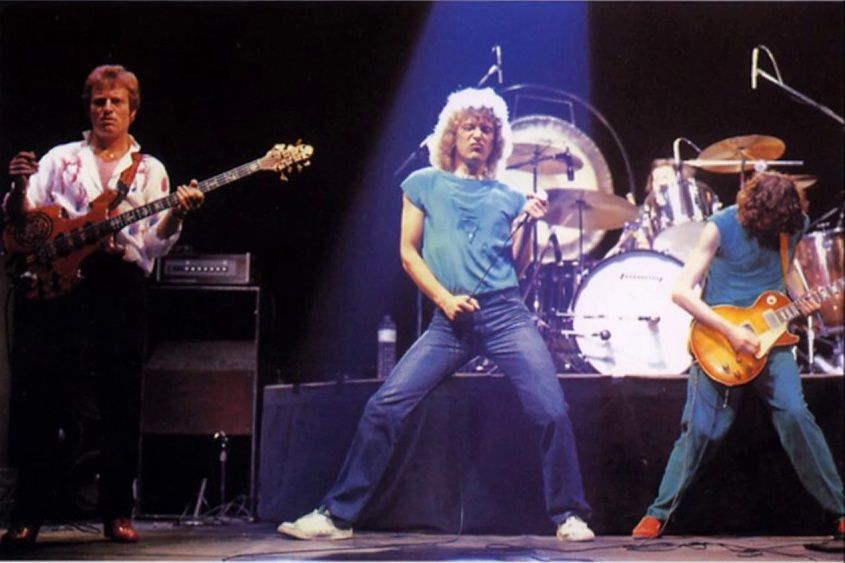08 Jul RIAA Hands Out First Certified Gold Record Award for an Album
On this day in 1958, the Recording Industry Association of America gave out the first certified gold record for an album to the soundtrack of “Oklahoma!”
Released in 1955, the film is an adaptation of a Broadway musical of the same name. The story follows a farm girl and her courtship by two rival suitors, a cowboy and a farmhand. The film received rave reviews and was voted a “New York Times Critics Pick”.
The soundtrack was originally released as a 42-minute album on Capitol Records, but only in mono. However, as other 1956 films such as “Carousel” began to release state of the art stereo soundtracks, the decision was made to reissue the album in stereo. Due to the differences in mono and stereo grooves on the disk itself, it became necessary to cut a brief section of the music for its stereo release.
The album went to number one on the Billboard Pop Album Chart in 1956 and also reached the top of the UK albums chart. The certified gold record at the time indicated that the album had made one million dollars in sales, the requirement of 500,000 units sold was not added until 1975.














